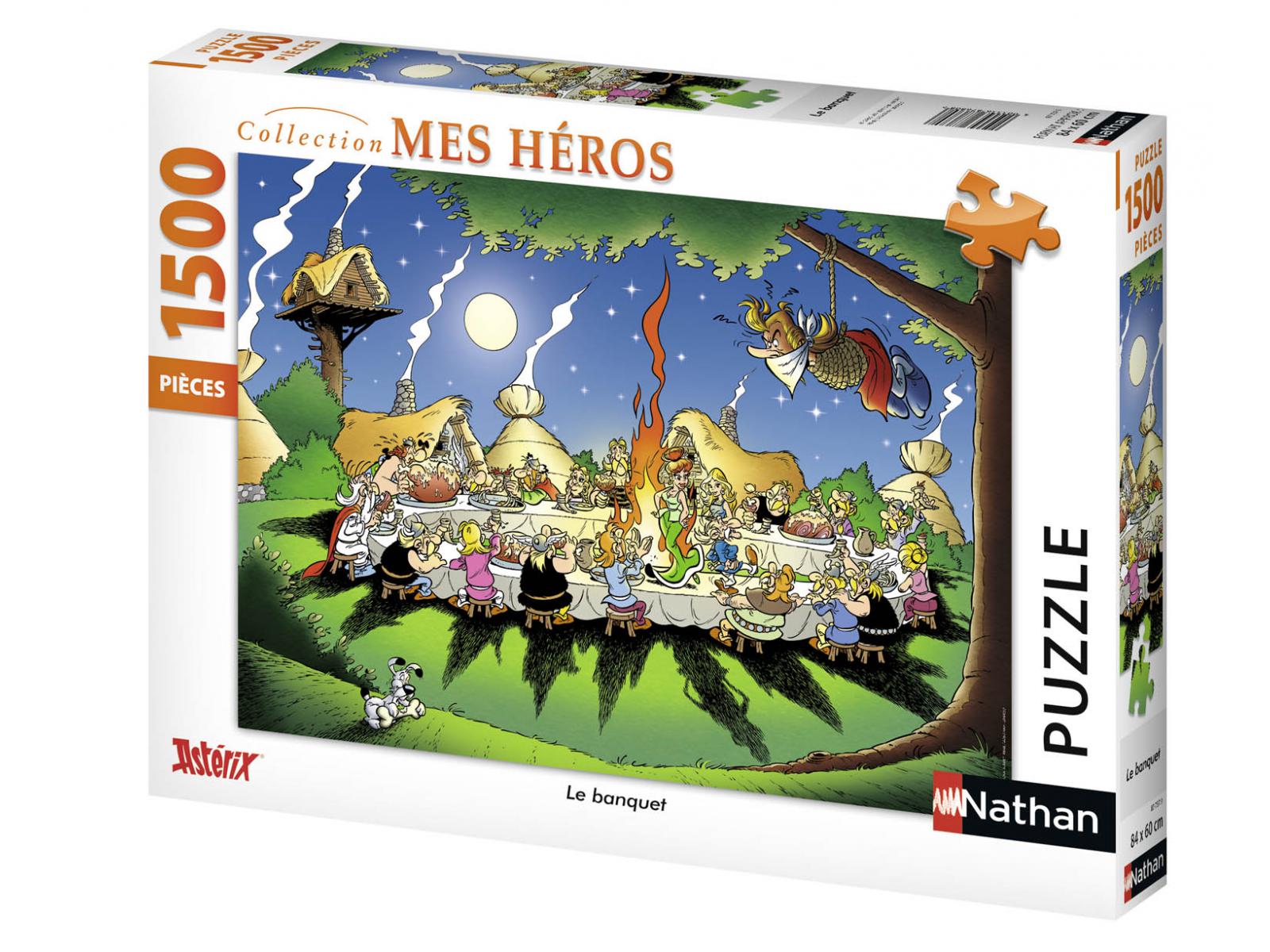2. Temporality
There is only one visible clock at Rood|Noot. It is placed on one of the walls of the kitchen. Has anyone ever looked at it? I do not think so. Rood|Noot has its own temporality which is ruled by the flowing development of events. One can even say that there is no time here but rhythm. Speed has to wait outside Rood|Noot until you go back into the accelerated world again. This is the last bastion of slowness. However, we do sometimes experience speed, too (when the space has to be arranged for a performance and everyone gets stressed, for example). Different rhythms interact and, somehow, you lose the sense of time. There is always a moment to exchange ideas or to have a coffee. It is always the same: the continuous change of things.
Do you work or do you live at Rood|Noot? Is there a clear difference between you being you and you being a worker? When does your work day finish? When does your life begin? Indeed, life and work overlap. What are the consequences of this fact? Rood|Noot is a safe place where you can live-work, but what about the capitalist system which is waiting for us right there, beyond the fences of Rood|Noot? What does the interaction between Rood|Noot and the outside world consist of in terms of time, the use of time and labour? Capitalism requires from Rood|Noot to behave in a certain way that does not relate to the actual essence of this farm anymore. This paradoxical relationship brings into existence an exciting world of chaos and contradiction. The necessity of having unspecified amounts of time for each project, for example, is intrinsically in contradiction with the necessity of justifying the annual report which has to include a large list of activities that should have taken place at Rood|Noot during a year. Therefore, the option of not being efficient conflicts with the actual necessity of being efficient.
Besides this, how does the temporality related to each profession have an impact on the way time is experienced here at Rood|Noot? Is the temporality of farm work comaparable to the temporality of artistic labour?
Time is more than time, here.
3. Weather
What's the weather like today?
Well, it depends... Inside or oustide? In the sun or in the shade? If you go outside there are several options:
-It can be cold and windy (which translates into extremelly cold).
-It can be simply cold.
-It can be warm and windy (wihich translates into cold).
-It can be simply warm (rarely).
-It can be really hot (scarcely ever).
-It can be raining (in this case, whatever translates in something even worse).
But inside the buidings there is a microclimate. Thus, no matter what happens outside, there ar only two options when yo are inside:
-It can be cold.
-It can be cool, one can even say that it can be warm, but never, NEVER, hot.
When it is cloudy, everything seems to be slower and colourless.
4. FoodWhat's the weather like today?
Well, it depends... Inside or oustide? In the sun or in the shade? If you go outside there are several options:
-It can be cold and windy (which translates into extremelly cold).
-It can be simply cold.
-It can be warm and windy (wihich translates into cold).
-It can be simply warm (rarely).
-It can be really hot (scarcely ever).
-It can be raining (in this case, whatever translates in something even worse).
-Whatever the temperature is, you have to keep in mind that if you are in the shade you will soon wish to be in the sun (and the other way around).
-It can be cold.
-It can be cool, one can even say that it can be warm, but never, NEVER, hot.
When it is cloudy, everything seems to be slower and colourless.
Warmth brings with it movement and colour.
Activities are determined by the weather. We have lunch outside when the temperature allows it.
Eating and cooking are two activities that take part in all the events programmed at Rood|Noot. Therefore, food contributes to the process of socialization. It is a social tool, whereas cooking and eating become social skills. In other words, Rood|Noot (conciously or unconciously) promotes commensality, which, in words of Elinor Ochs and Merav Shohet in "The Cultural Structuring of Mealtime Socialization" (2006) is "the practice of sharing food and eating together in a social
group" (37).
Commensality takes place slowly. There is in fact no hurry in the act of eating at Rood|Noot. Each one enjoys his/her time eating together with everyone. What is more, commensality is involved in the process of taking care one of each other, and, as Lynn Walter argues in "Slow Food and Home Cooking: Toward a Relational Aesthetic of Food and Relational Ethic of Home" (2009), it creates "relations of intimacy" (4). Thus, food itself provides a moment for enconter, vulnerability and interdependence, which translates into the development of a community.
Finally, meals also offer an opportunity to talk about performances that have been taking place at Rood|Noot. This way, Rood|Noot, unlike other theatre spaces, makes it possible not only to attend a performance, but also to discuss it in a homely environment. Again, we can see the similarities between Rood|Noot and Asterix's village, where banquets are so important.

